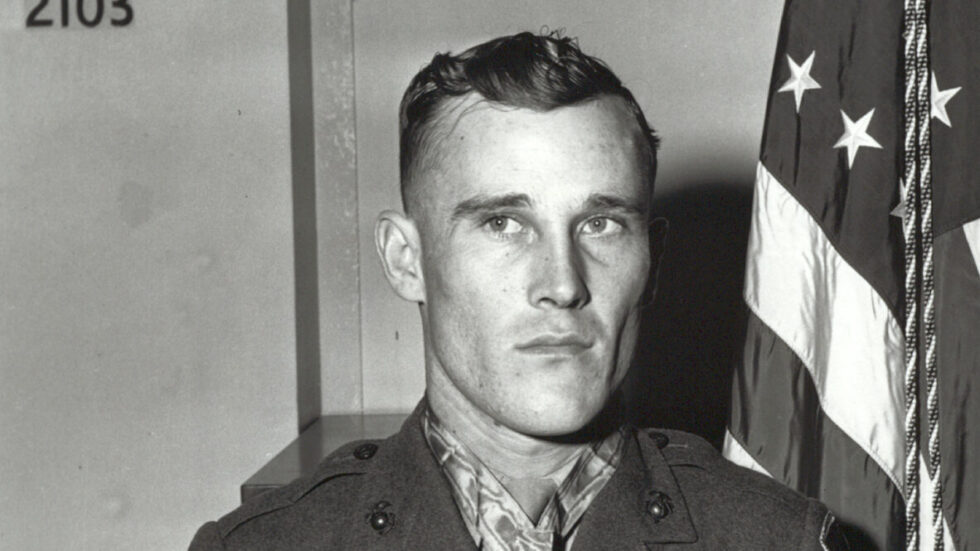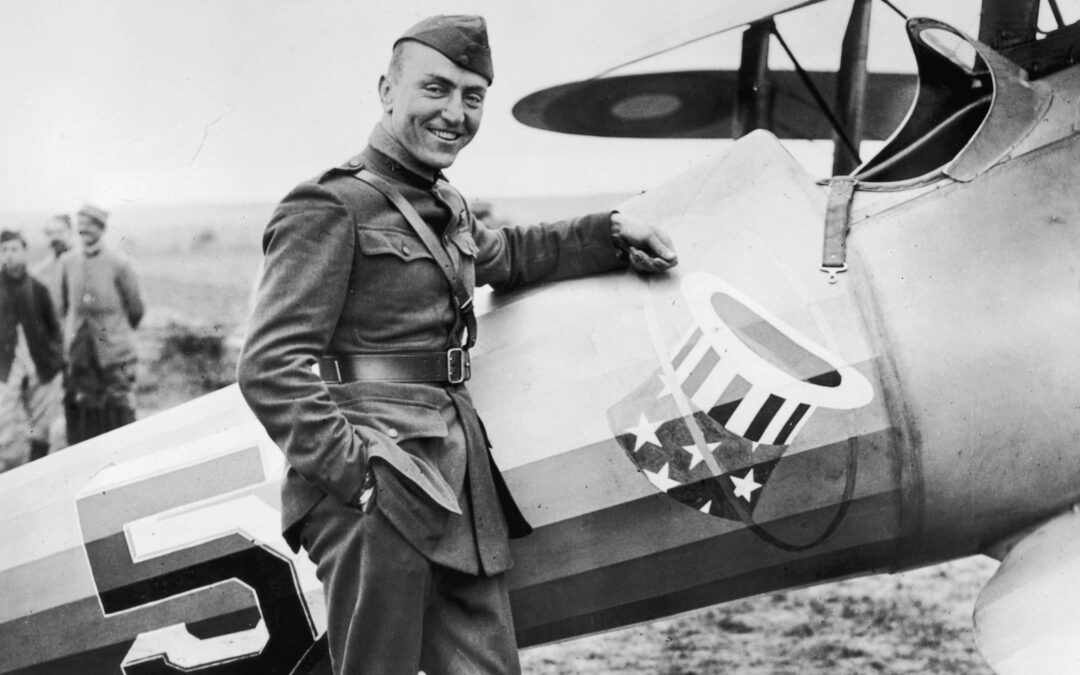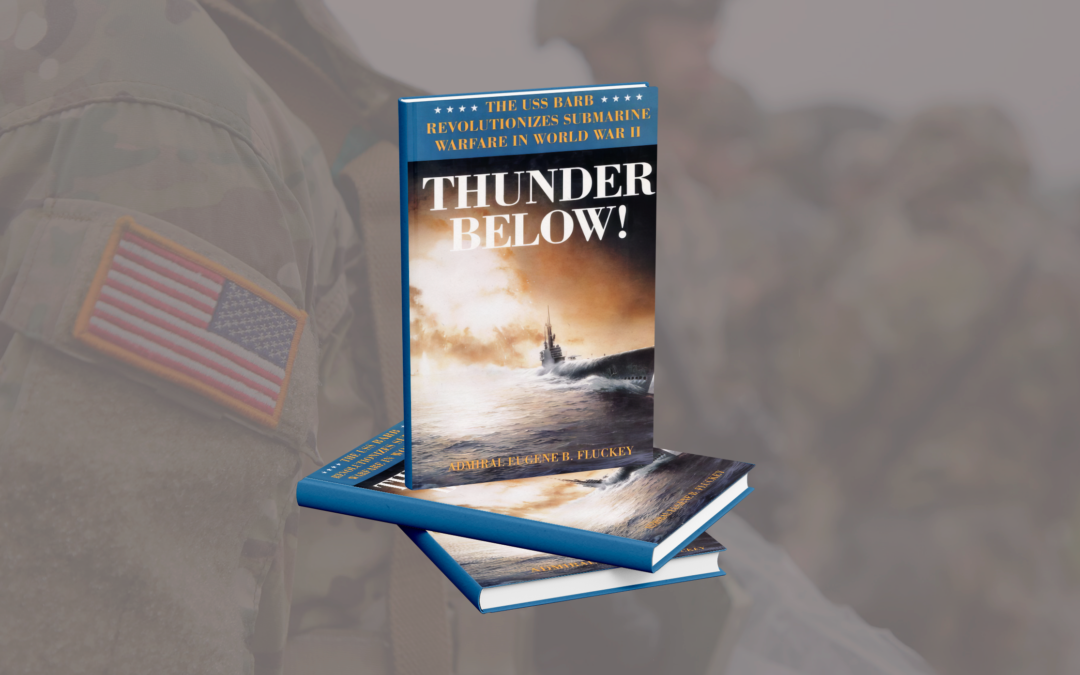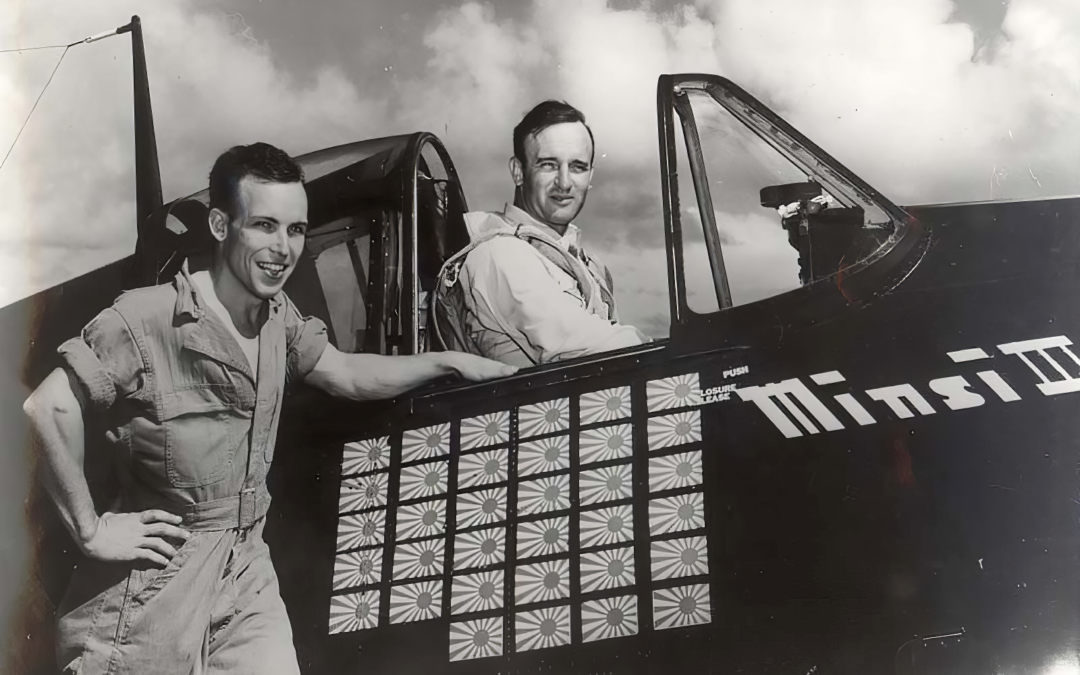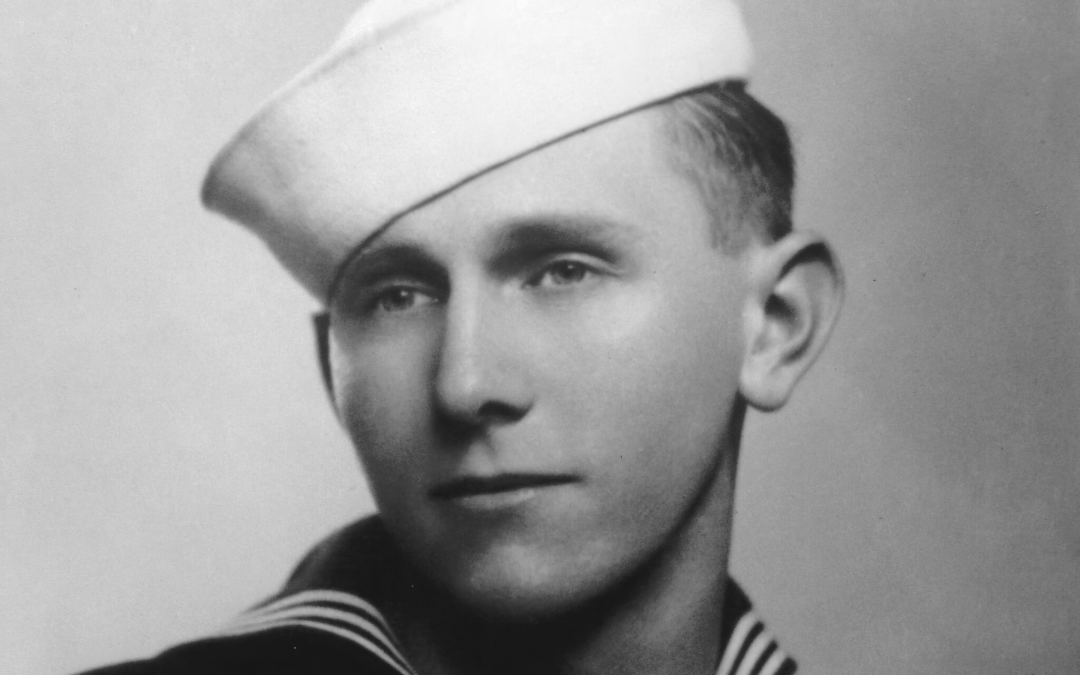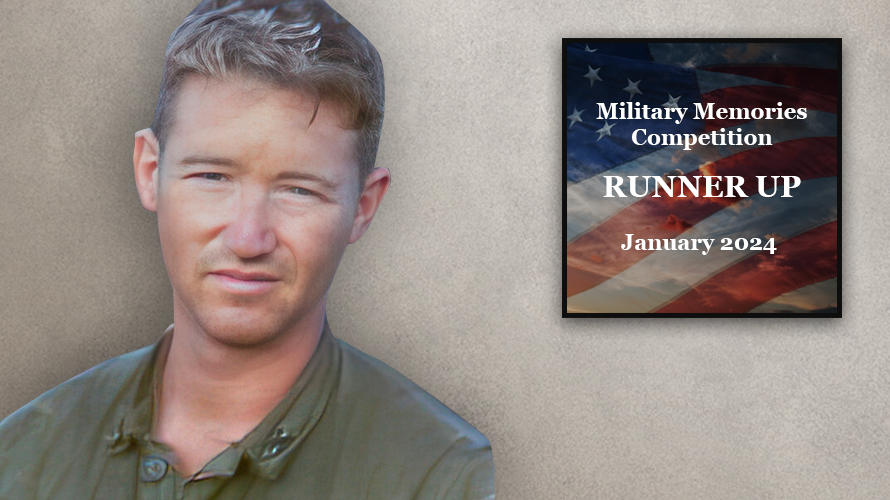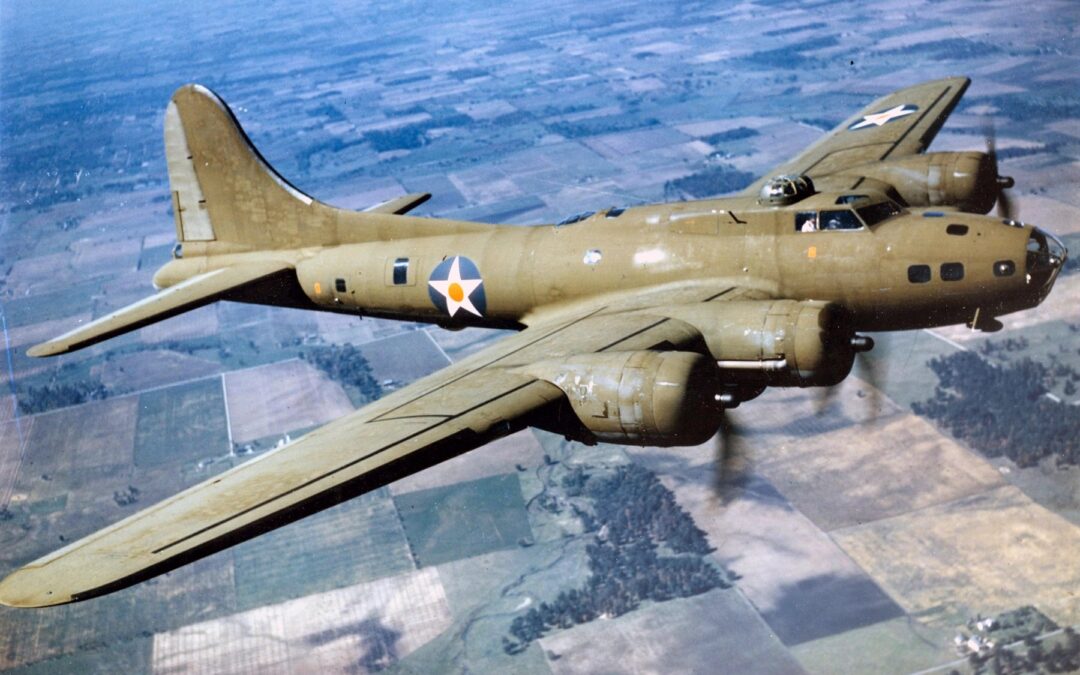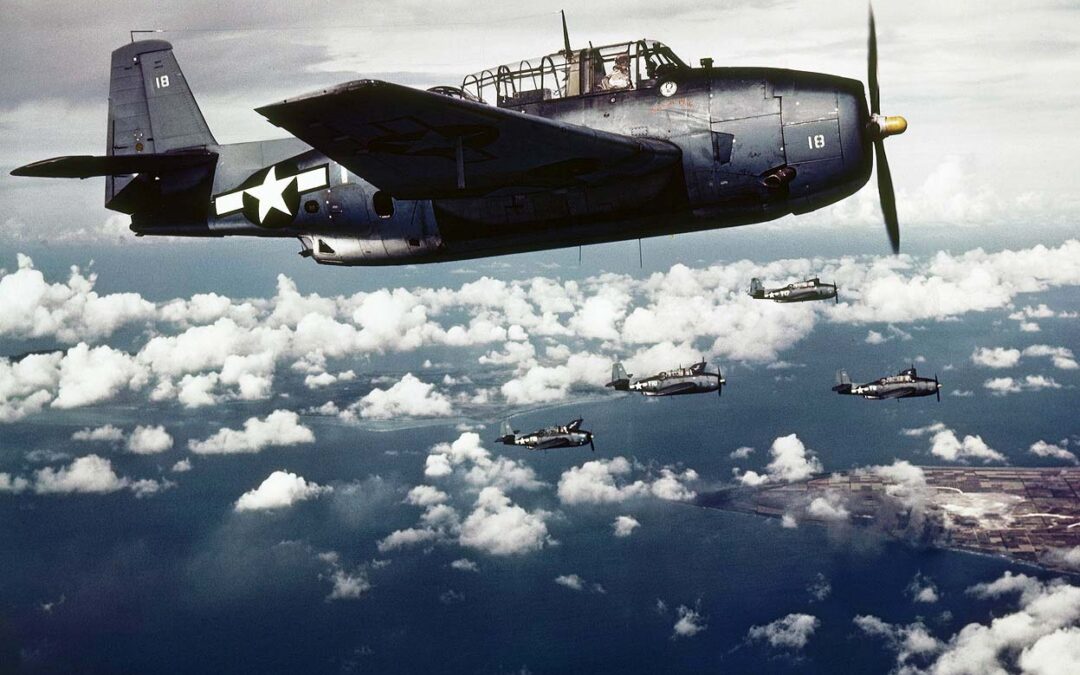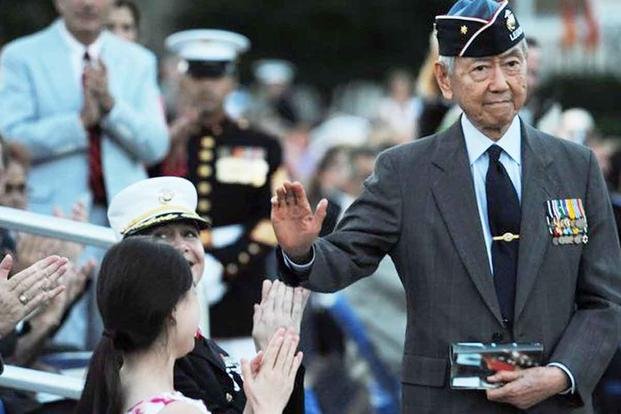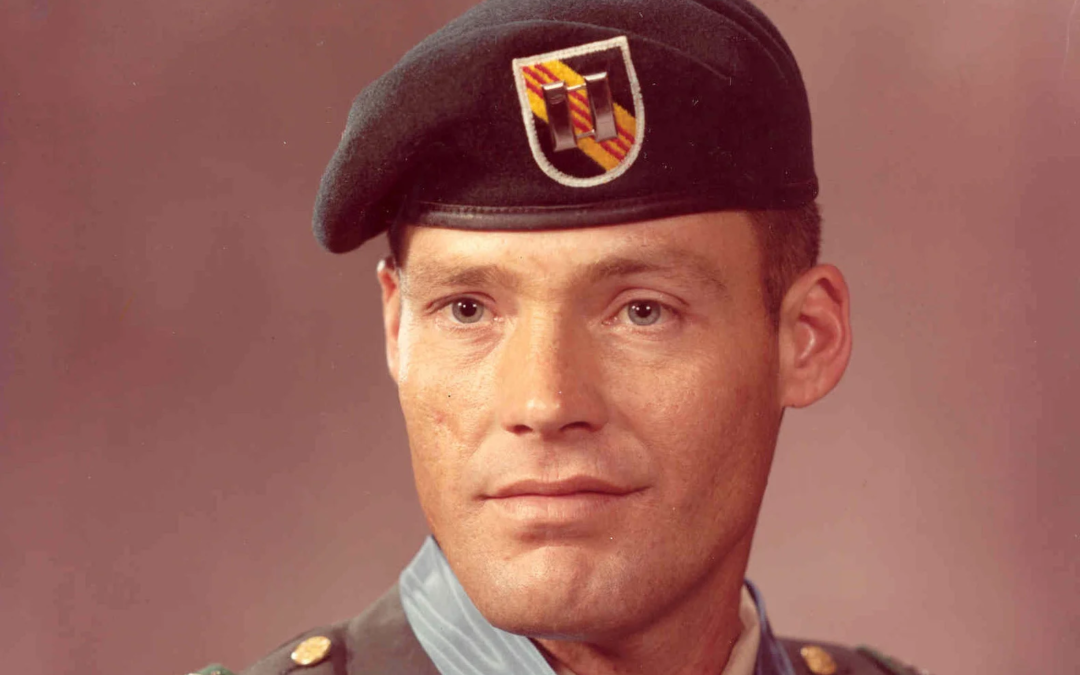Within the ranks of the military, there exists a certain rivalry between those who serve on the front lines and those who serve in the rear with the gear. While all jobs contribute to putting Americans in the fight, the Marines have long prized their beloved infantry above all. In modern terms, it is referred to as the "grunt versus POG debate" with POG referring to "persons other than grunts." In Vietnam, one might have heard the term REMF. Whatever one might call those in the rear, it would...
